

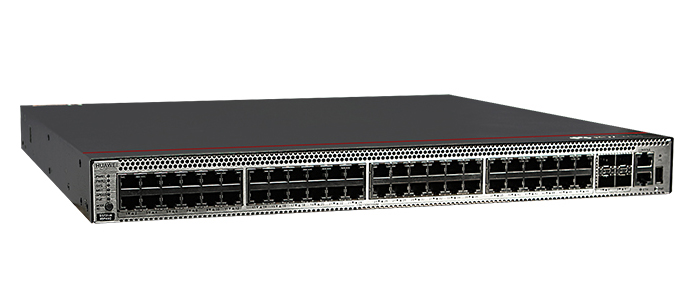

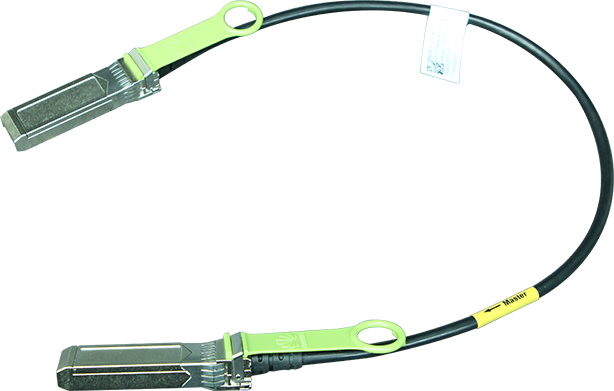
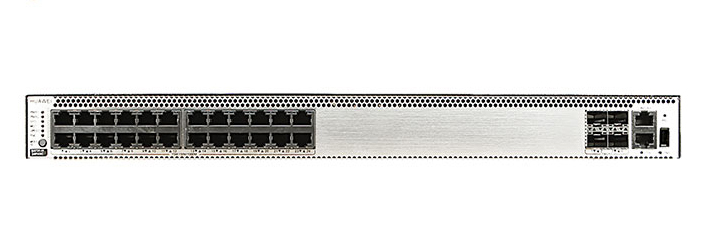
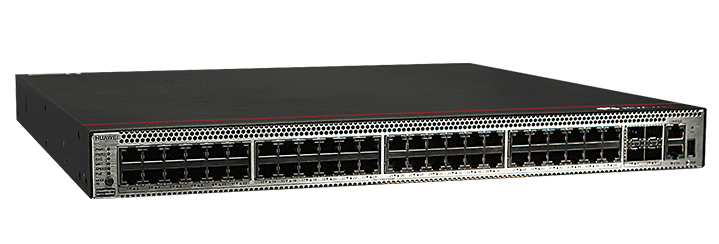


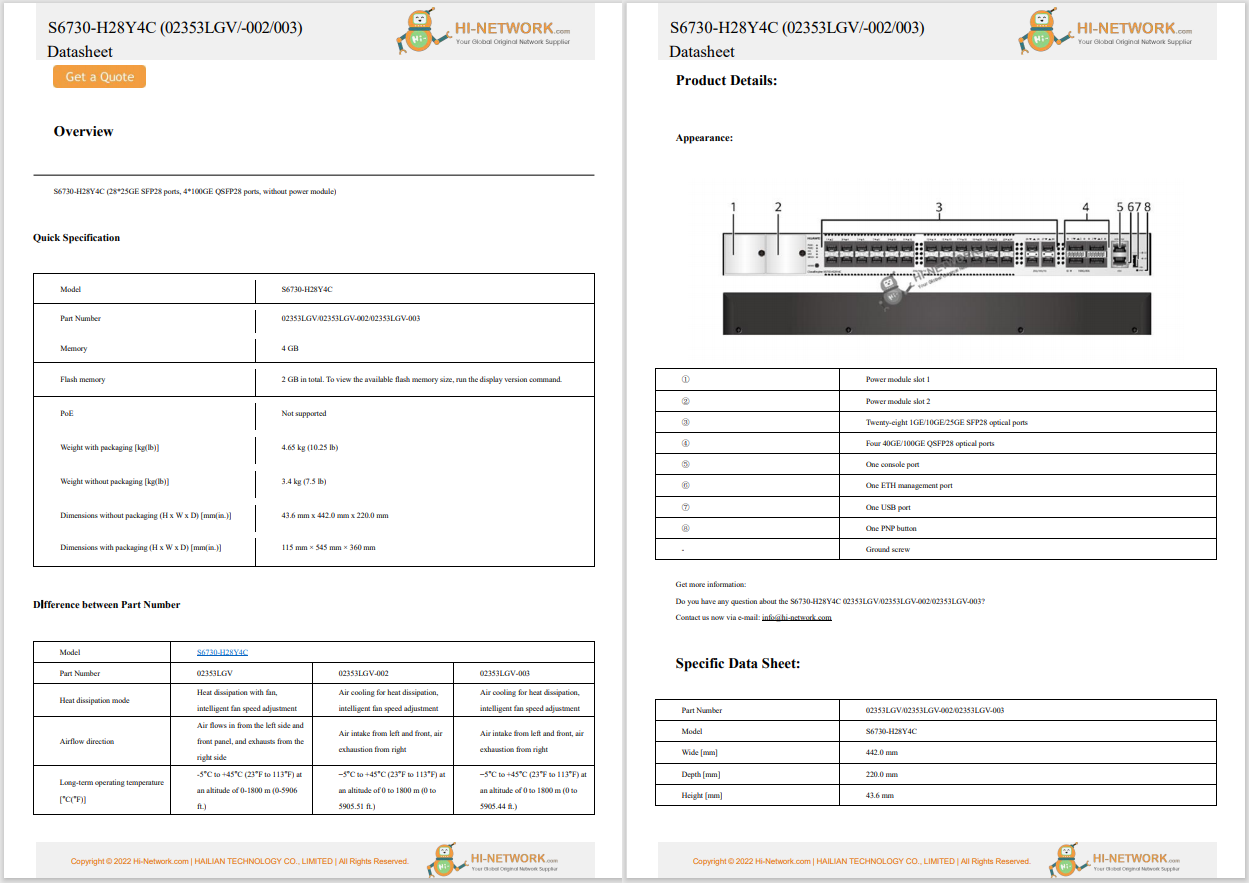

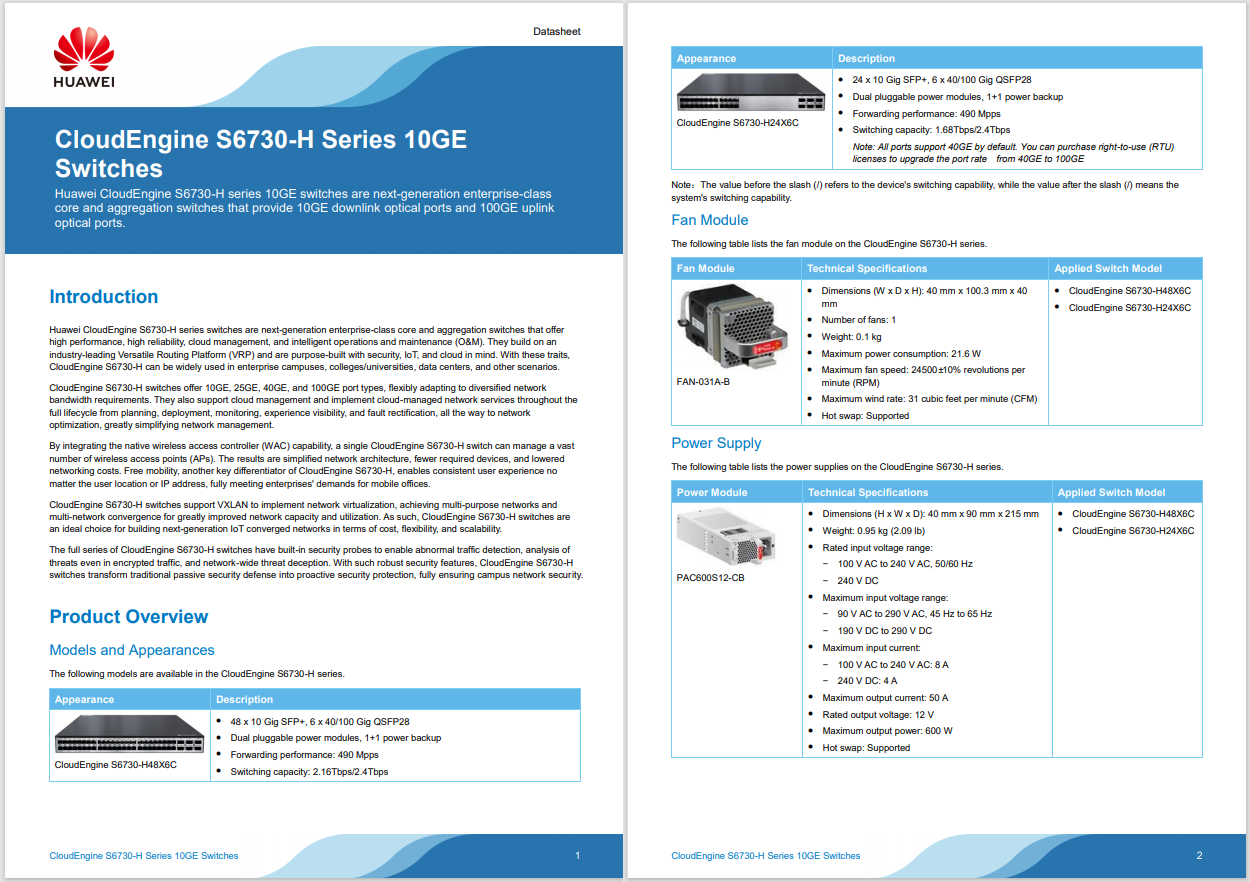
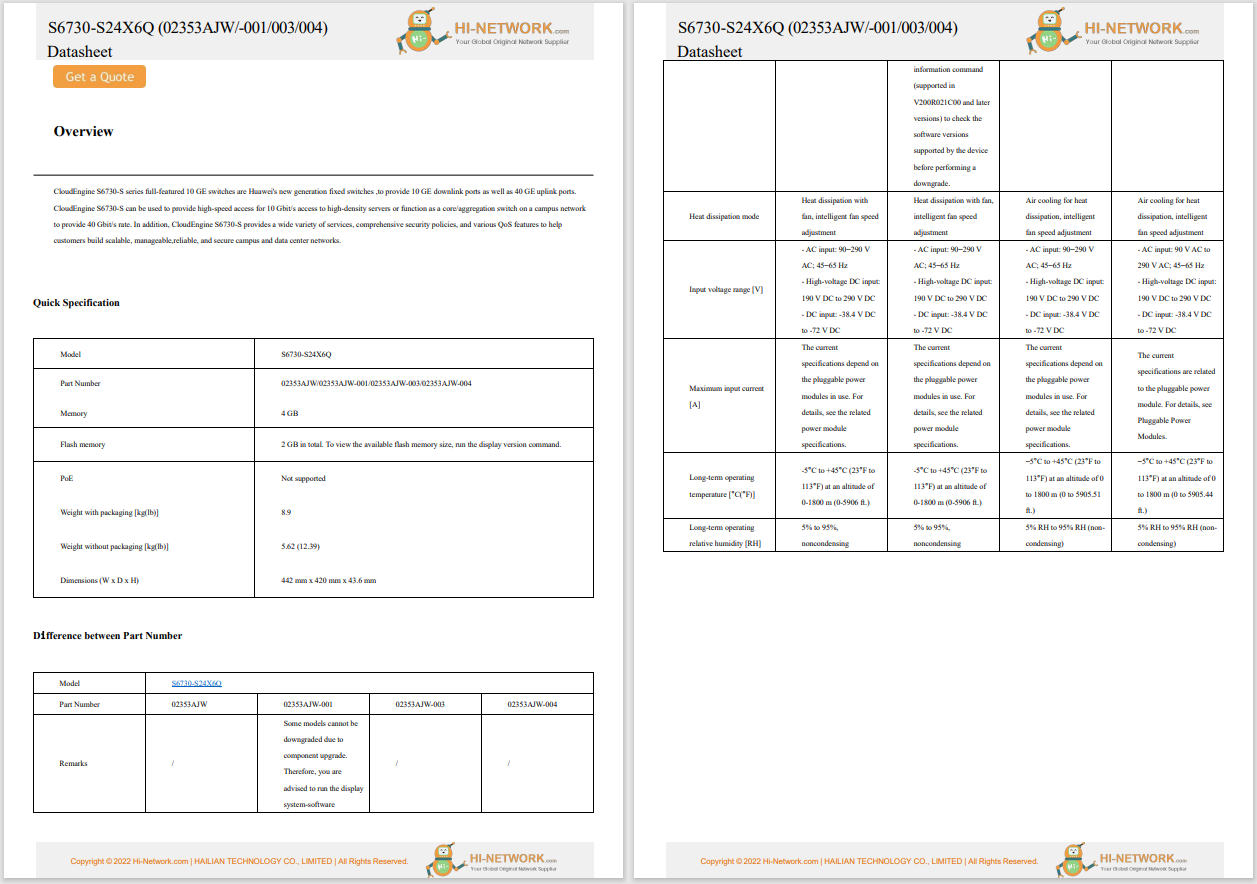

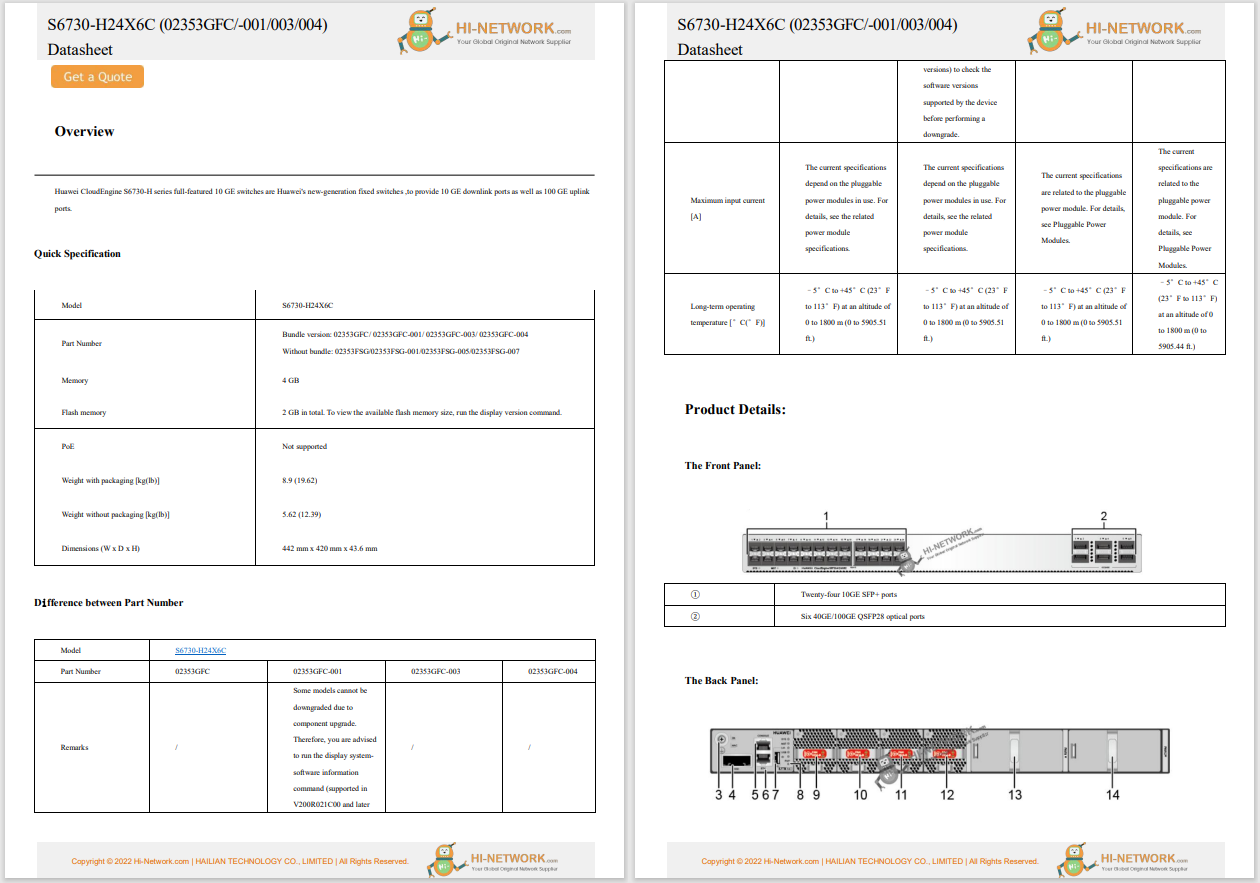
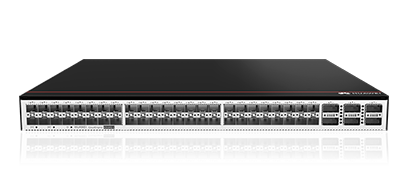
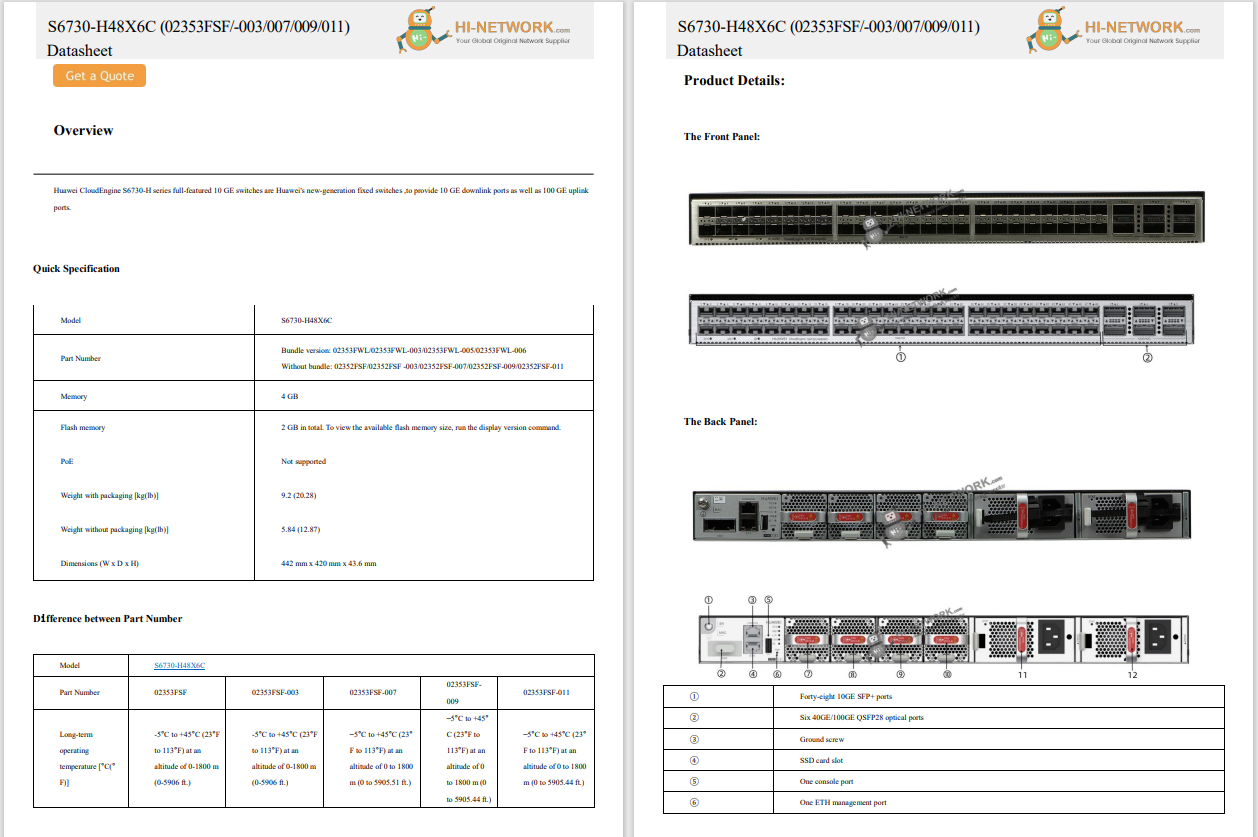
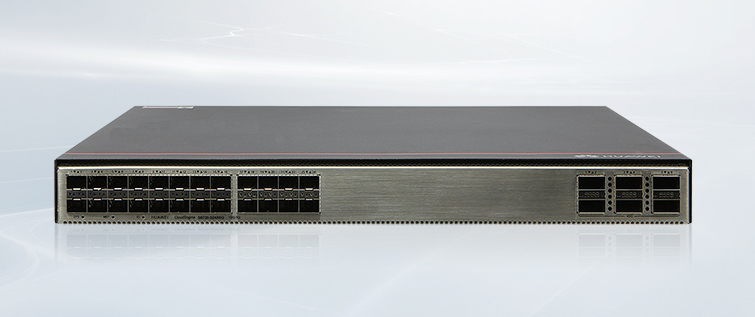


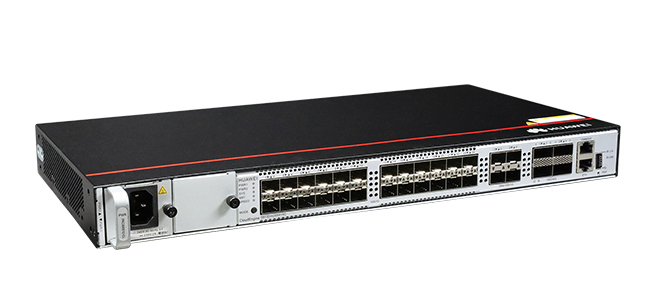
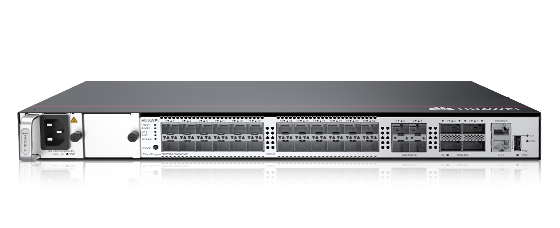
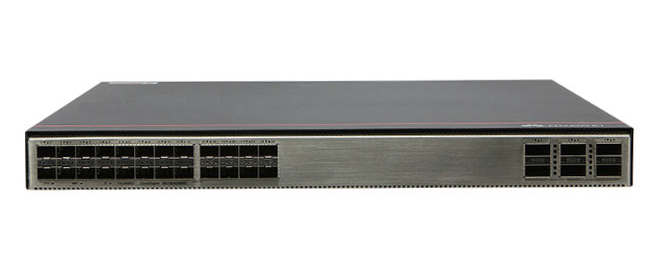


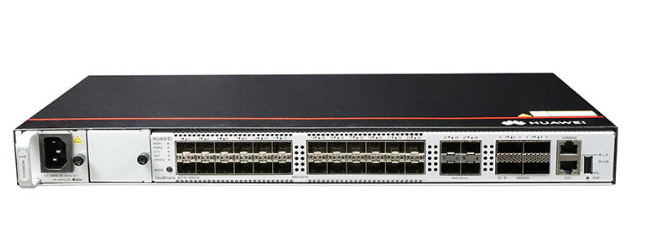
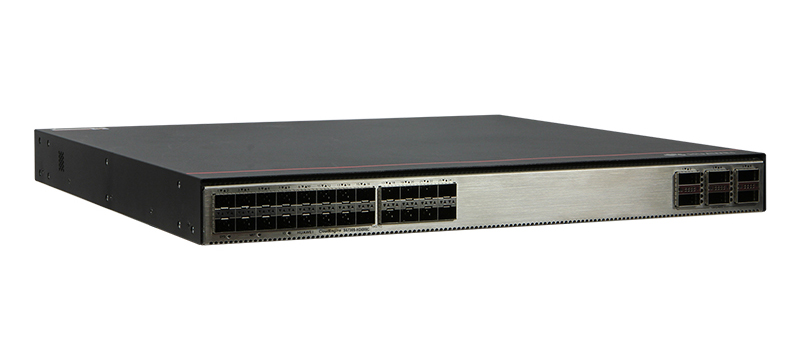

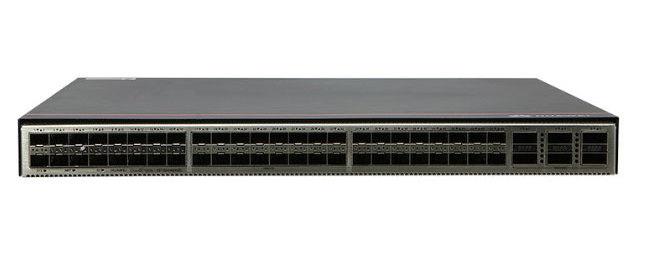
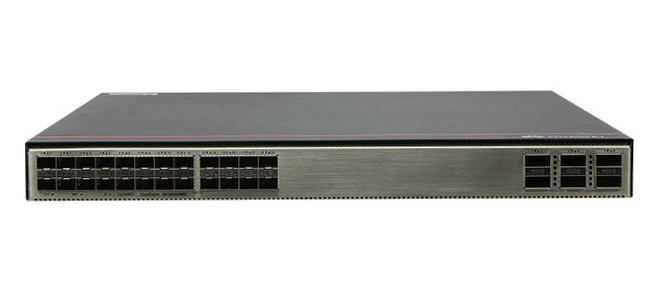



This review was originally published on September 12, 2024, and was updated on February 11, 2025.
On Amazon, every single configuration of Google's Pixel 9 Pro XL has seen a$200 discount. Prices now start at$899 .
Holding theGoogle Pixel 9 Pro series for the first time reminded me of when I held the iPhone 12 Pro for the first time. Theshift from the previous year's curved design to flatter edges made all the difference in its feel and perception of value. The Pixel 9 Pro and Pro XL exude premium, and Google knows it.
Also: The best Google Pixel phones you can buy
That's why the company is charging you more for its new Pixel phones this year, with the standard modelstarting at$799 , thePro at$999 , and the Pro XL at$1,099 . In this economy, it's a bold move. But in the big picture, Google has only matched what competitors like Samsung and Apple have been pricing their flagship handsets.
The latest duo of Android phones have an updated design, an improved camera system, and some useful AI tricks.
Fortunately, you have plenty to gain by paying Google more. From my month of testing the Pro XL model -- with short stints using the smaller Pro -- I've greatly benefitted from upgrades such as the brighter (up to 3,000 nits) display, AI features like Call Notes and Pixel Screenshots, the faster 45W charging, and Tensor G4 chip that has kept the phone running smoothly. The new ultrasonic fingerprint sensor is also crazy fast.
With the Pixel 9 Pro series, the design -- as unexpected as it is -- is the standout feature for me. The flat edges rest smoothly against my hand, giving me a confident grip when swiping and typing, a treatment of Gorilla Glass Victus 2 makes the model twice as durable as last year's, and whether you prefer a smaller or larger form factor, you've got options. By comparison, thePixel 8 Pro feels like a toy.
Also: I found a MagSafe battery pack that works flawlessly with my Pixel 9 Pro - and its seriously impressive
My two gripes with the Pixel 9 Pro design are the camera bump and frosted back glass. The former is a longstanding issue with the Google Pixel's protruding camera bar design, which collects dust and debris around the edges and fingerprint smudges on the visor. With the back glass, I've noticed several micro-scratches already that chipped away the Obsidian-colored coating. My advice: Get any color but Obsidian and you should be fine.
The Google Pixel 9 Pro XL (left) and Pixel 8 Pro (right).
A new Tensor G4 chip paired with 16GB of RAM means the Pixel 9 Pro is faster and more powerful than last year's model when it comes to multi-tab browsing, loading videos on a social feed, editing photos, and playing games. It also benefits on-device AI tasks, which I'll get to later.
Also: These three AI features sold me on the Google Pixel 9 Pro - and they're very clever
On my Uber ride to the airport recently, I was able to swiftly upload clips from a product launch event while downloading movies to watch on the flight. Oh, and location tracking was running in the background, too. The result was mild overheating and about a 3% dip in battery life throughout the 20-minute ride, which is admirable.
That's to say, the 5,060mAh battery on the Pixel 9 Pro XL has been serving me well, ending most of my days with around 25-30%. It's a two-day phone when used lightly, but you won't be mad if you need to charge it sooner because the Pixel now supports 45W charging. The faster speed won't revolutionize your morning routine, but it's a notable bump-up from the sluggish 30W rating on previous models.
Can you spot the three AI-generated edits in this photo?
The key improvements to the Pixel 9 Pro's camera system mainly revolve around AI and how its imaging engine interprets and enhances output. For example, the image above, while sharp in detail and beautiful in contrast, was originally captured with a slight tilt, making the runway appear slanted. So, I used the new Auto frame tool in Magic Editor to straighten it while expanding the sides with AI. For fun, I added a rainbow and a plane that clearly didn't hear the Air Traffic Control tower's order to remain grounded like the rest of us.
Such AI tools are creative and whimsical, but they're also inconsistent, unreliable (see the left-side airplane), and require a lot of patience -- both with waiting for the image generations and possibly more waiting after that if the results don't meet your creative vision.
Also: This$100 Android phone gave me a Pixel 9 Pro flashback - and that's a good thing
I'm a bigger fan of the new Add Me and Video Boost features. The former pieces together two photos, one that you've captured of other people in the frame and another that includes you in the same frame, so no one gets left out. It's a clever AI/AR tool that solves a real-world problem, but there is one slight issue: Don't expect a seamless edit if you're posing in between subjects. Oftentimes, parts of your body won't be properly cropped out. So, for the best results, leave space!
With Video Boost, I'm happy to report that the improved HDR+ and rendering fixes one of the biggest problems with the Pixel camera: the jarring cuts when switching to the 5x optical zoom camera during recording.
Pixel Screenshots lets you search and ask questions about images you've captured on your screen.
While I'm still testing every new Pixel 9 AI feature, of which there are plenty, here are my ratings for the my most frequented ones:
The Google Pixel 9 Pro XL is a contender for best Android phone this year, even if you don't plan to use its on-device AI features. While the new model is Google's most expensive phone (barring foldables) yet, the price bump is justified by improvements in aspects that traditionally held the Pixel line back, such as charging speed, performance, and build quality.
With the reintroduction of an XL model, the smallerPixel 9 Pro should appeal to users who want a more comfortable device without compromising on specs and camera hardware. And if both phones are out of your budget, but you want the core features, consider the cheaperPixel 9 .
's review team spends upwards of a year testing the ins and outs of every major phone release, evaluating the day-to-day performance, camera quality, battery life and endurance, and special features. Here's a breakdown of every factor we consider before we make recommendations:
For a more extensive breakdown, check out our comprehensive phone testing methodology page.
 Tags chauds:
technologie
Téléphones intelligents
Commentaires en vedette
Tags chauds:
technologie
Téléphones intelligents
Commentaires en vedette